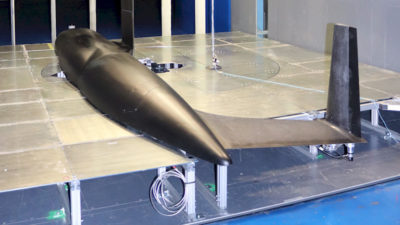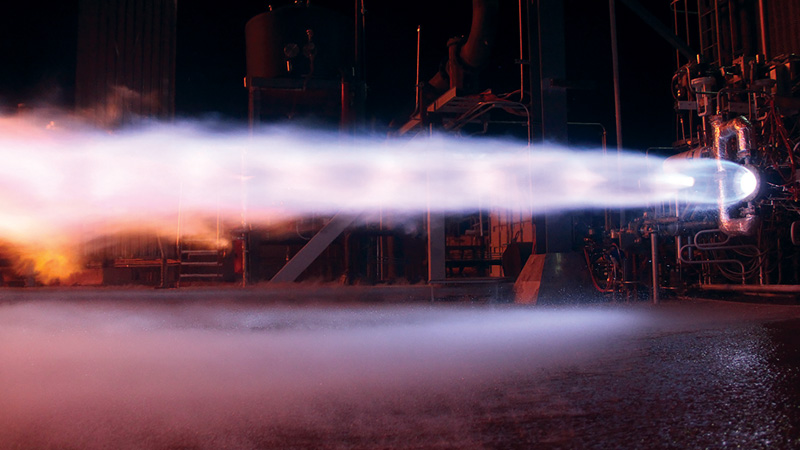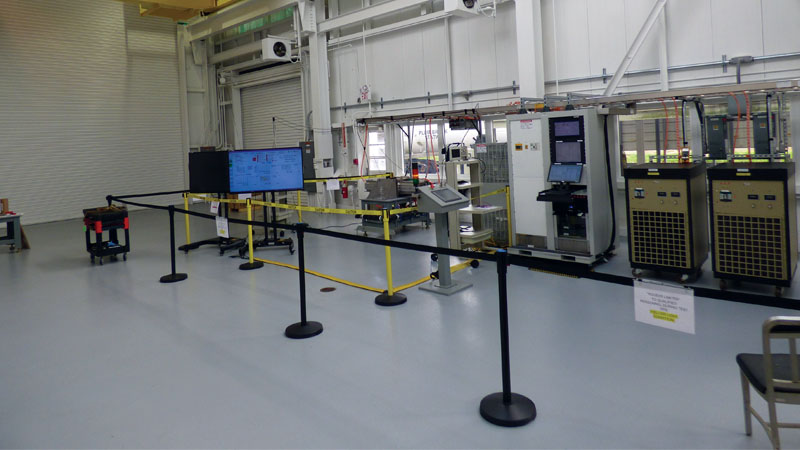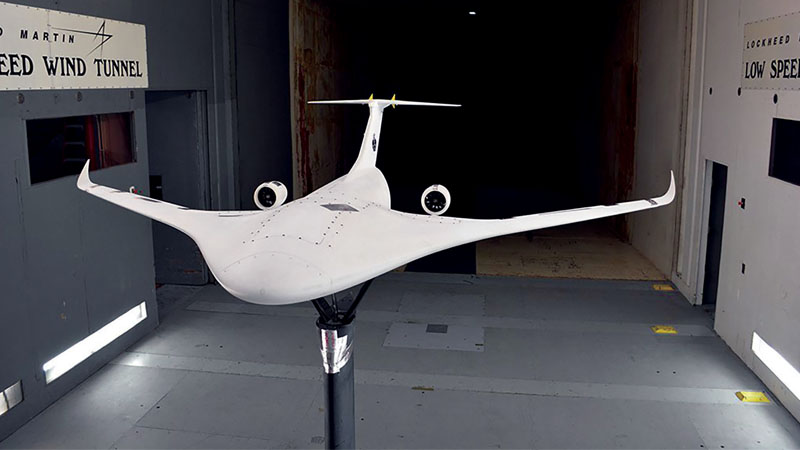Engine industry retains eco-focus as it expands capacity for air travel
By MICHAEL G. LIST|December 2024
The Gas Turbine Engines Technical Committee works to advance the science and technology of aircraft gas turbine engines and engine components.
Industry demonstrated continued commitment to testing engines with alternate fuels this year. In January, Turbotech and Safran, both headquartered in France, tested a small turboprop engine on gaseous hydrogen fuel. The test in Vernon, France, demonstrated that the TP-R90 regenerative turboprop could be modified for hydrogen propulsion. In March, the IAE International Aero Engines consortium, headquartered in Connecticut, announced it ran a V2500 engine on 100% sustainable aviation fuel, SAF. The test at the MTU Maintenance Hannover facility in Germany demonstrated the commitment by engine operators to reducing the carbon emissions of their aircraft. In July, Rolls-Royce broke ground on an outdoor test stand at NASA’s Stennis Space Center in Mississippi. In partnership with easyJet of the U.K., Rolls-Royce plans to conduct full-scale testing of a Pearl 15 modified to run on 100% liquid hydrogen fuel. All major engine manufacturers have invested heavily in demonstrating engine operation on alternative fuels, including SAF blends, in support of the industry’s goal of achieving net-zero carbon dioxide emissions by 2050.
Engine manufacturers are also assessing changes to fuels, engines and flight profiles to reduce non-CO2 emissions, such as nitrogen oxides, to further reduce the climate impact of civil aviation. In March, Pratt & Whitney of Connecticut announced a new study with FAA and other partners to measure non-CO2 emissions from conventional Jet A fuel and SAF. In June, Airbus announced that flight studies with an A350 aircraft showed reduced soot particle emissions and contrail ice crystal formation when using 100% SAF, compared to Jet A-1. In July, chief technology officers from Boeing, Airbus, Dassault, GE Aerospace, Rolls-Royce, RTX and Safran released a joint statement calling for research to quantify properties of non-CO2 emissions and “establish and improve common models
for quantifying the effect of aviation on climate.”
Maintenance, repair and overhaul, MRO, forms a significant sector of the gas turbine engine community in the form of inspecting, testing and repairing engines. Signs of increasing air travel demand arrived in February and March, when Rolls-Royce announced an investment of $1.26 billion in product development, including increased capacity for assembly and test of Trent engines in Derby, U.K., and Dahlewitz, Germany. In April, Pratt & Whitney detailed plans for a new Florida-based North American Technology Accelerator for technology insertions, such as inspection and an automated process that support the MRO network. Pratt & Whitney also plans to expand its geared turbofan engine MRO capacity by 40% at the West Palm Beach Engine Center in Florida. In July, GE Aerospace announced a multiyear worldwide $1 billion investment in MRO facilities to meet increasing air travel demand. This includes a significant investment in support of CFM International LEAP engines, including a new Services Technology Acceleration Center focused on advanced inspection technologies that will decrease aircraft downtime.
Several engine families reached milestones this year. In April, Rolls-Royce announced the first flight campaign of a Pearl 10X in the company’s dedicated Boeing 747 test aircraft. The Pearl 10X will power the Dassault Falcon 10X. Also in April, Honeywell Aerospace celebrated the HTF7000 turbofan engine family reaching 10 million flight hours and 20 years of service. Pratt & Whitney celebrated the 40th anniversary of the PW100 engine, which entered service in December 1984. The PW100 powers regional turboprop aircraft and has surpassed 200 million flight hours.



































